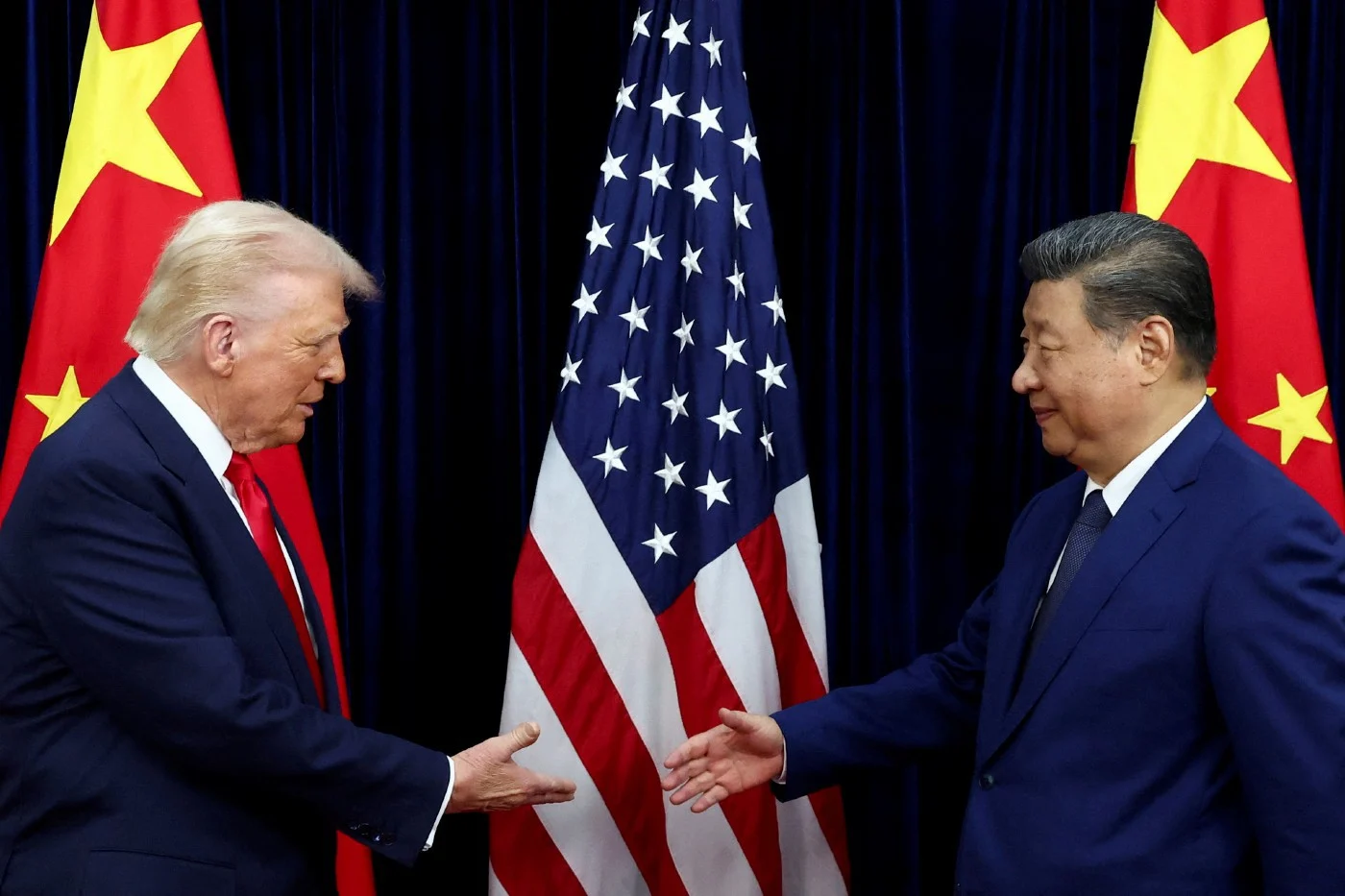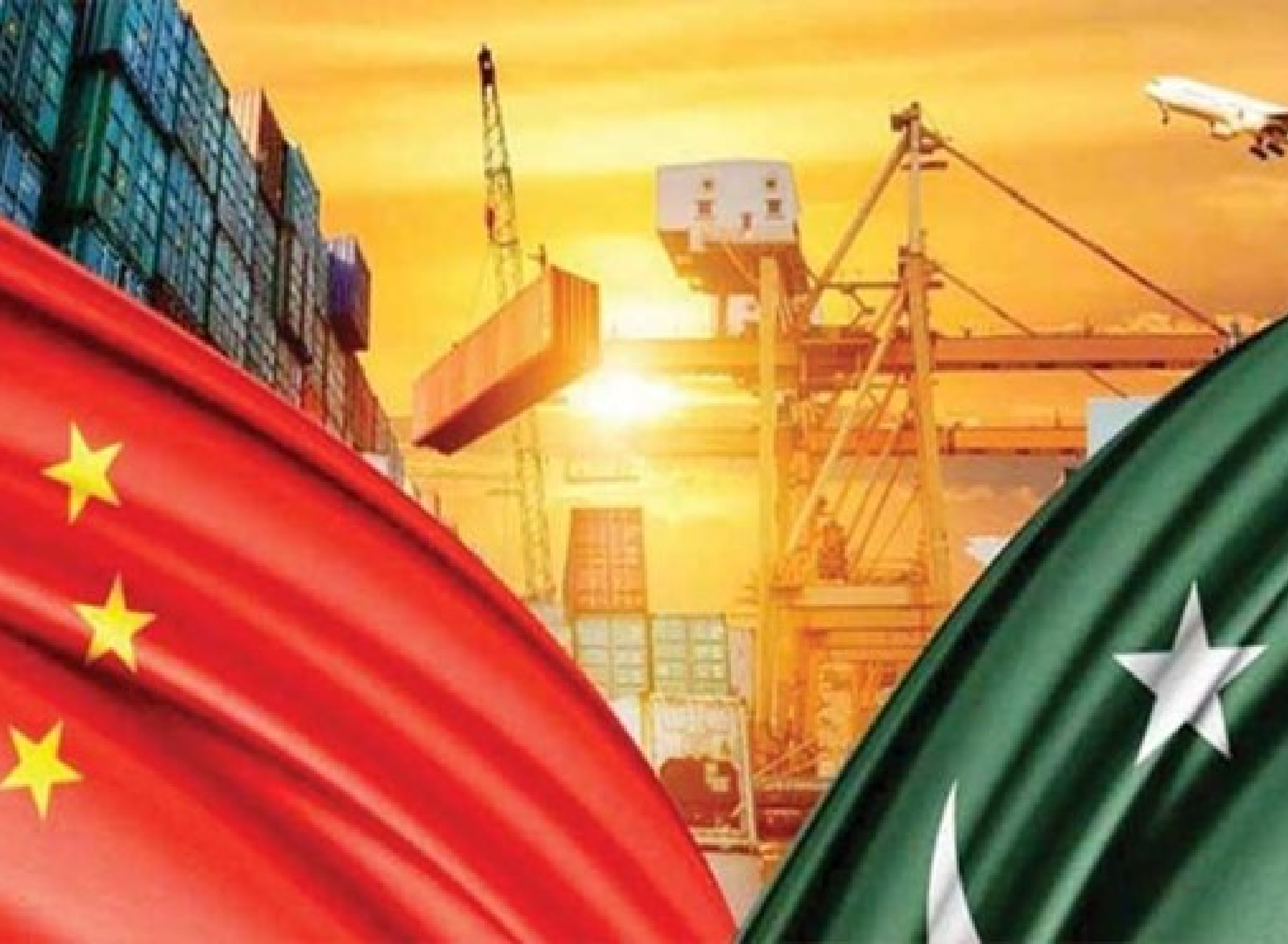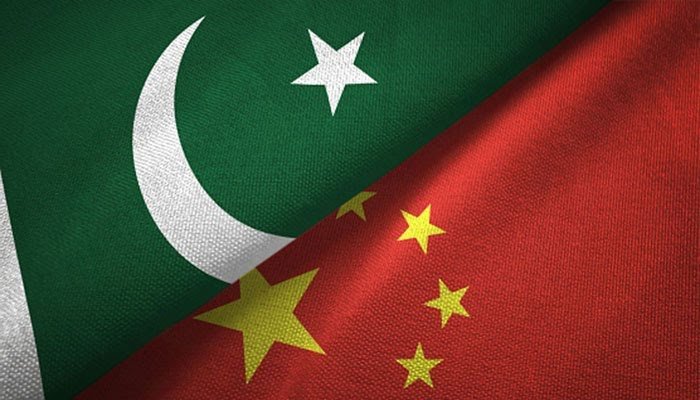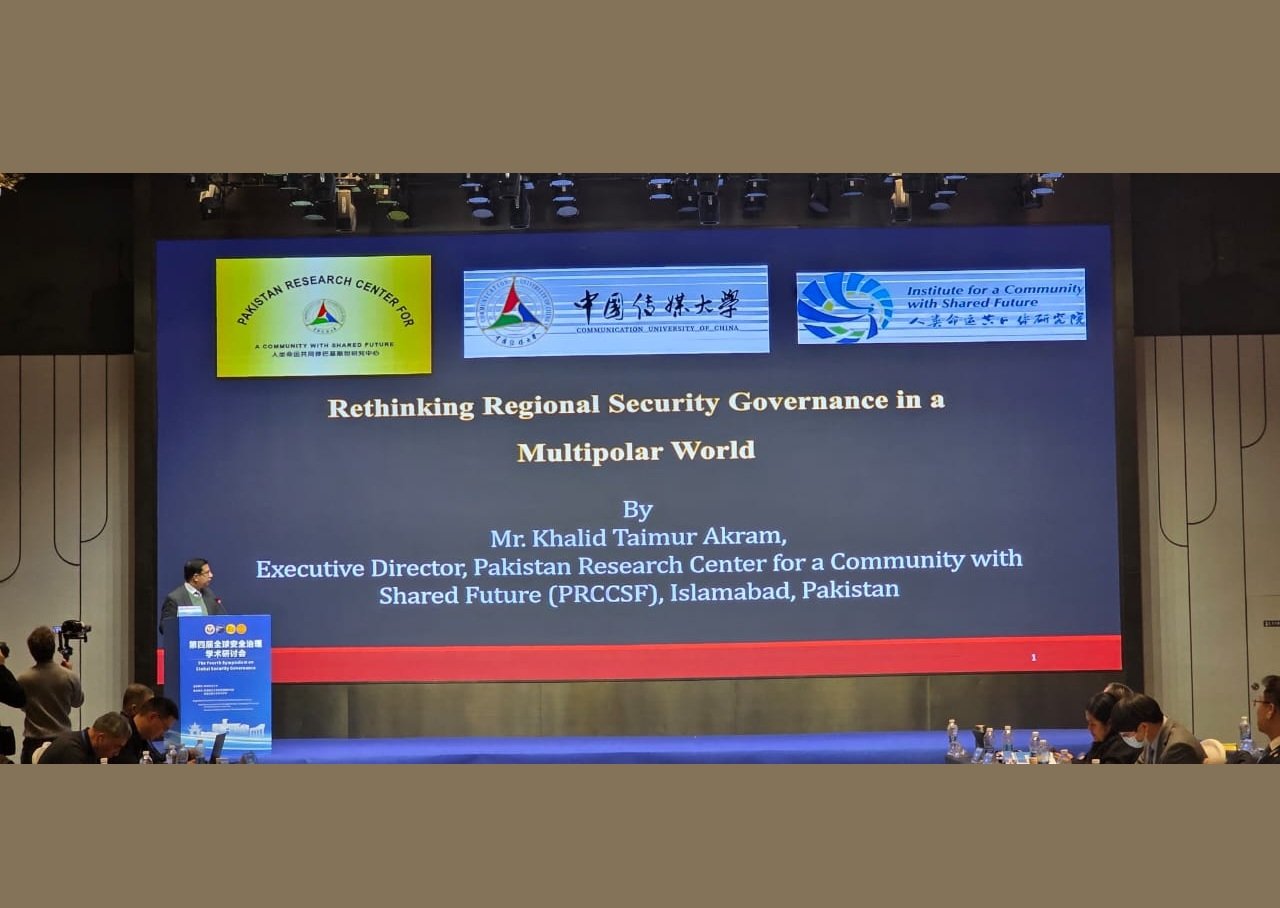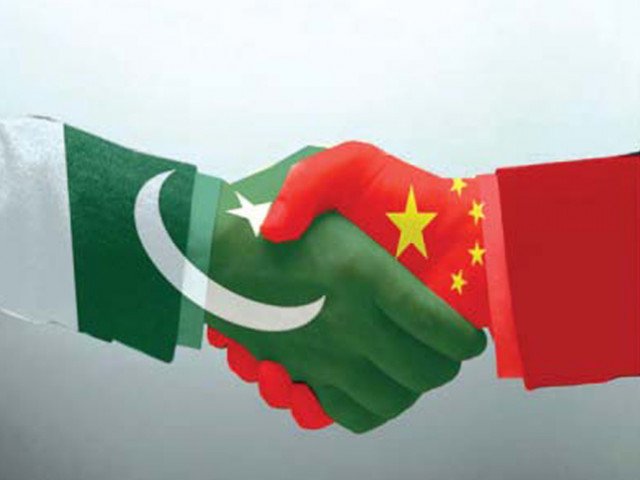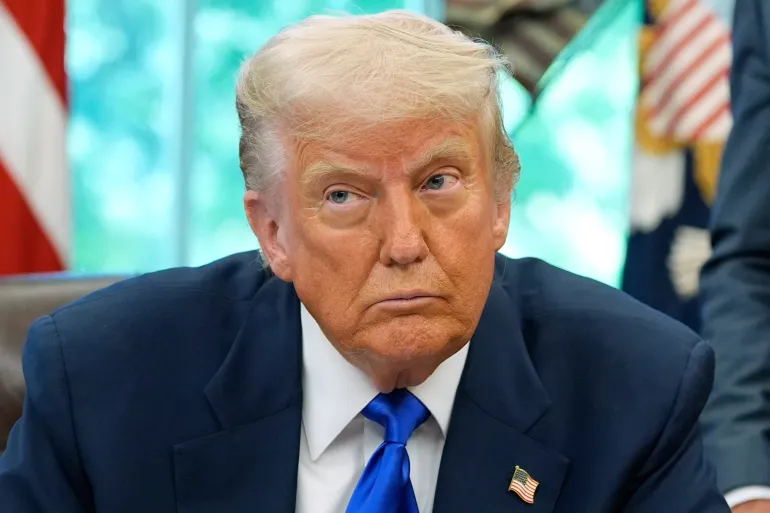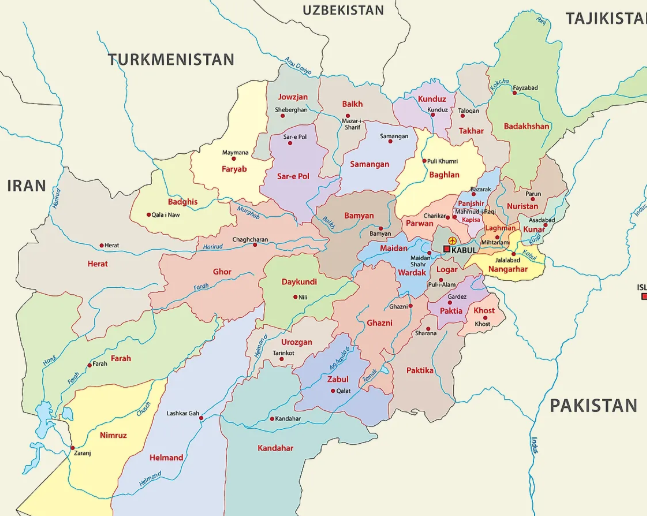The weekend in Kuala Lumpur offered a rare moment of optimism in the fraught trade relations between Donald Trump and Xi Jinping, as both sides tentatively agreed on a framework aimed at preventing the imminent escalation of tariffs while leaving many of the deeper structural issues open for further dialogue.
After intensive negotiations held on the sidelines of the ASEAN summit, US Treasury Secretary Scott Bessent announced that the threat of imposing 100 per cent tariffs on Chinese imports—set to take effect on November 1—had been effectively taken off the table. At the same time, the Chinese side revealed that the two teams conducted in-depth and candid discussions and exchanges on issues such as the US Section 301 measures for China’s maritime logistics and shipbuilding industries, further extension of the suspension period of reciprocal tariffs, fentanyl tariffs and anti-drug cooperation, further expansion of trade, and export control.
President Trump, speaking ahead of his Asia tour, declared, “I think we’re going to have a deal with China.” From Beijing’s perspective, Chinese officials emphasized the need to “jointly safeguard hard-won achievements” of the latest round of talks, underscoring their interest in maintaining stability and preventing further confrontation.
The agreement reached in Kuala Lumpur represents a meaningful step in de-escalating tensions that had been building since Washington threatened to expand tariffs and Beijing responded with new export restrictions. Avoiding a sharp spike in tariffs has helped ease pressure on global markets, restore a degree of investor confidence, and prevent potential disruption of vital supply chains. For commodity producers and technology firms worldwide, the temporary calm offers breathing space after months of uncertainty.
Analysts note that while both sides achieved important short-term gains, many of the complex issues remain open for continued dialogue. These include adjustments in trade structures, technology exchange, and the role of key industries on both sides. The discussions reflect not confrontation but the reality of two major economies seeking to recalibrate their cooperation amid global uncertainty. The framework therefore, marks genuine progress and demonstrates the willingness of both nations to manage differences through negotiation rather than escalation. Global markets have responded with cautious optimism, welcoming the stability these talks have brought.
Notably, while the United States projected a tone of confidence and victory, China’s language was more measured, referring to a “preliminary consensus” subject to further domestic approval. This contrast highlights the difference in each side’s political priorities: Trump, eyeing domestic economic stability and electoral advantage, seeks quick wins, while Beijing prefers gradual, deliberate engagement that preserves balance and room for future cooperation.
The next critical step will be the face-to-face meeting between Presidents Trump and Xi at the Asia-Pacific Economic Cooperation (APEC) Summit in South Korea later this week. The Kuala Lumpur discussions were intended to lay the groundwork for that encounter. Whether the two leaders can transform the tentative framework into a durable accord will depend on how they navigate their political imperatives at home and their strategic ambitions abroad.
There is also scope for cooperation in non-traditional areas, particularly law enforcement related to fentanyl precursors. Both governments have acknowledged that this crisis cannot be addressed through confrontation. A coordinated approach could become one of the few genuinely constructive elements of their broader engagement, showcasing that dialogue remains the most effective way forward.
From a global perspective, the trade thaw between the world’s two largest economies offers cautious relief to investors, exporters, and developing nations alike. Stability between Washington and Beijing is vital for the international economic order. A breakdown in talks could trigger another round of protectionism, weaken global growth, and intensify inflationary pressures already burdening many economies. Conversely, sustained dialogue could restore confidence in multilateral trade institutions and signal a shift toward cooperation rather than competition.
Nevertheless, the framework remains fragile. Deep-seated differences persist on both sides, and the alignment of economic interests is complicated by broader strategic competition. Yet both leaders have strong incentives to de-escalate: China seeks a stable environment for domestic recovery, while the United States aims to prevent market instability ahead of its election cycle. For now, these shared incentives are sufficient to keep communication open and progress alive.
As the world watches the upcoming APEC summit, the hope is that constructive diplomacy will prevail over brinkmanship. A lasting accord would not only benefit China and the United States but also strengthen global economic confidence at a critical moment. The Kuala Lumpur framework, therefore, should be viewed not as an end but as the beginning of a renewed phase of pragmatic engagement between the two powers — one that prioritizes cooperation, dialogue, and shared growth over confrontation.
Mr. Qaiser Nawab, a global peace activist, is a distinguished international expert specializing in the Belt and Road Initiative (BRI), Afghanistan, Central Asia and founder of the Belt and Road Initiative for Sustainable Development (BRISD), a newly established global think-tank headquartered in Islamabad, in conjunction with the one-decade celebration of BRI.
